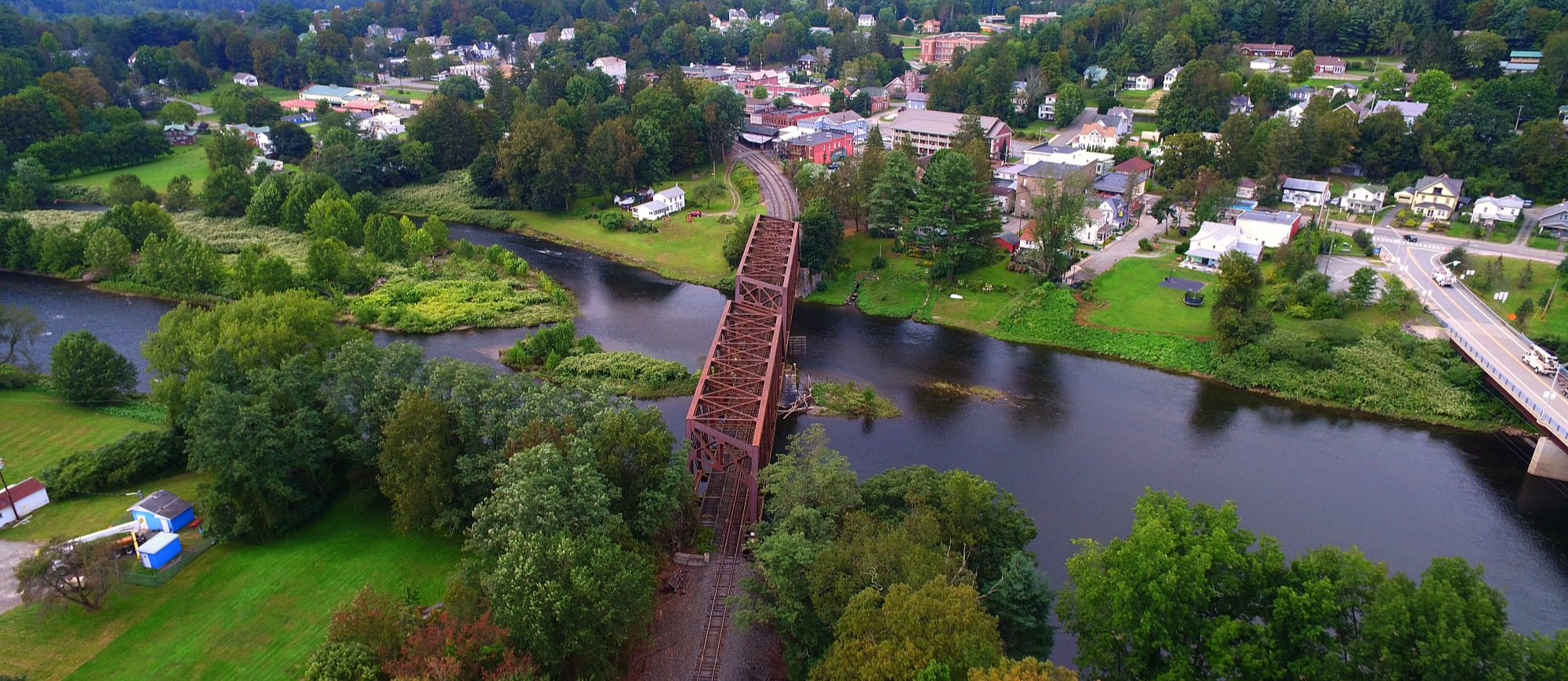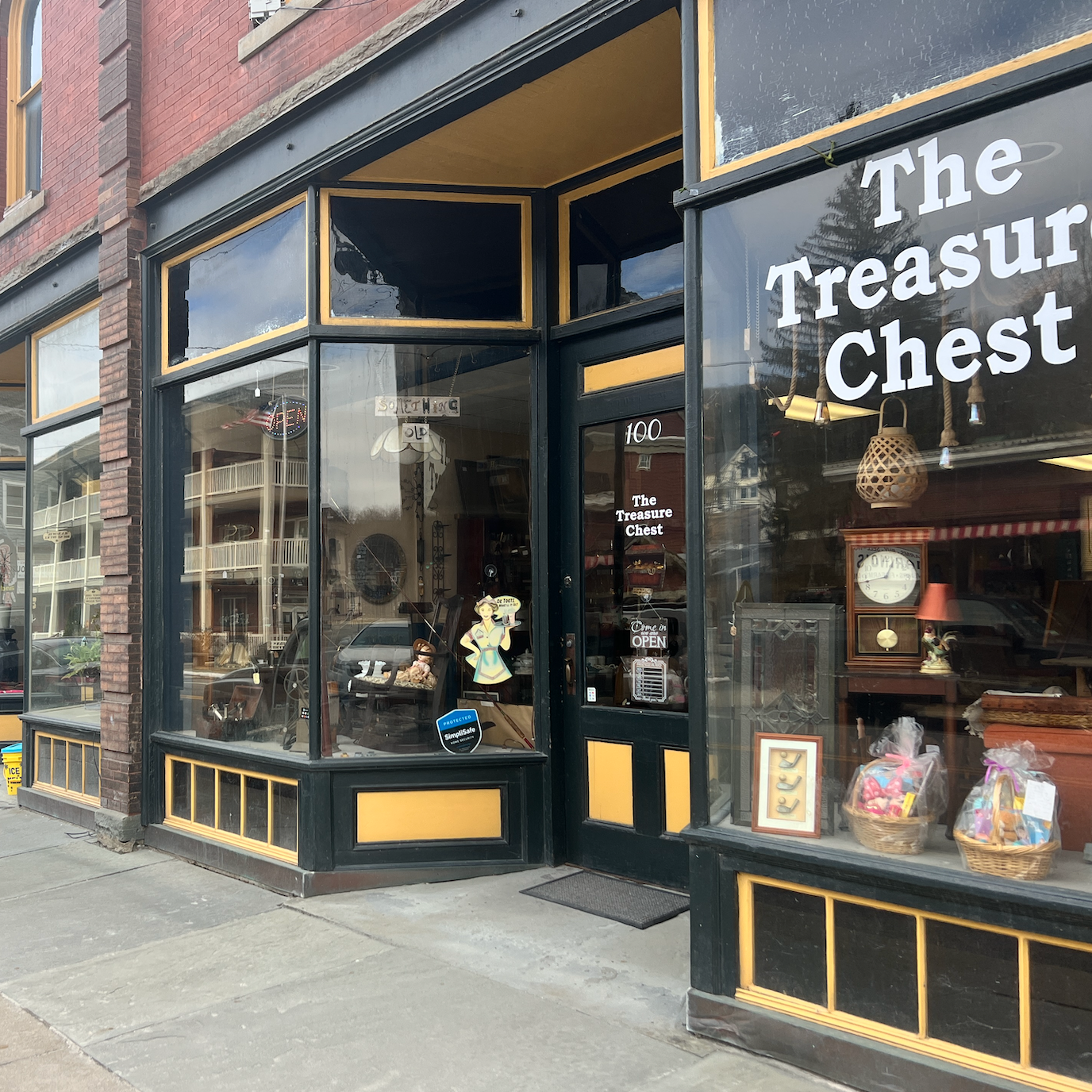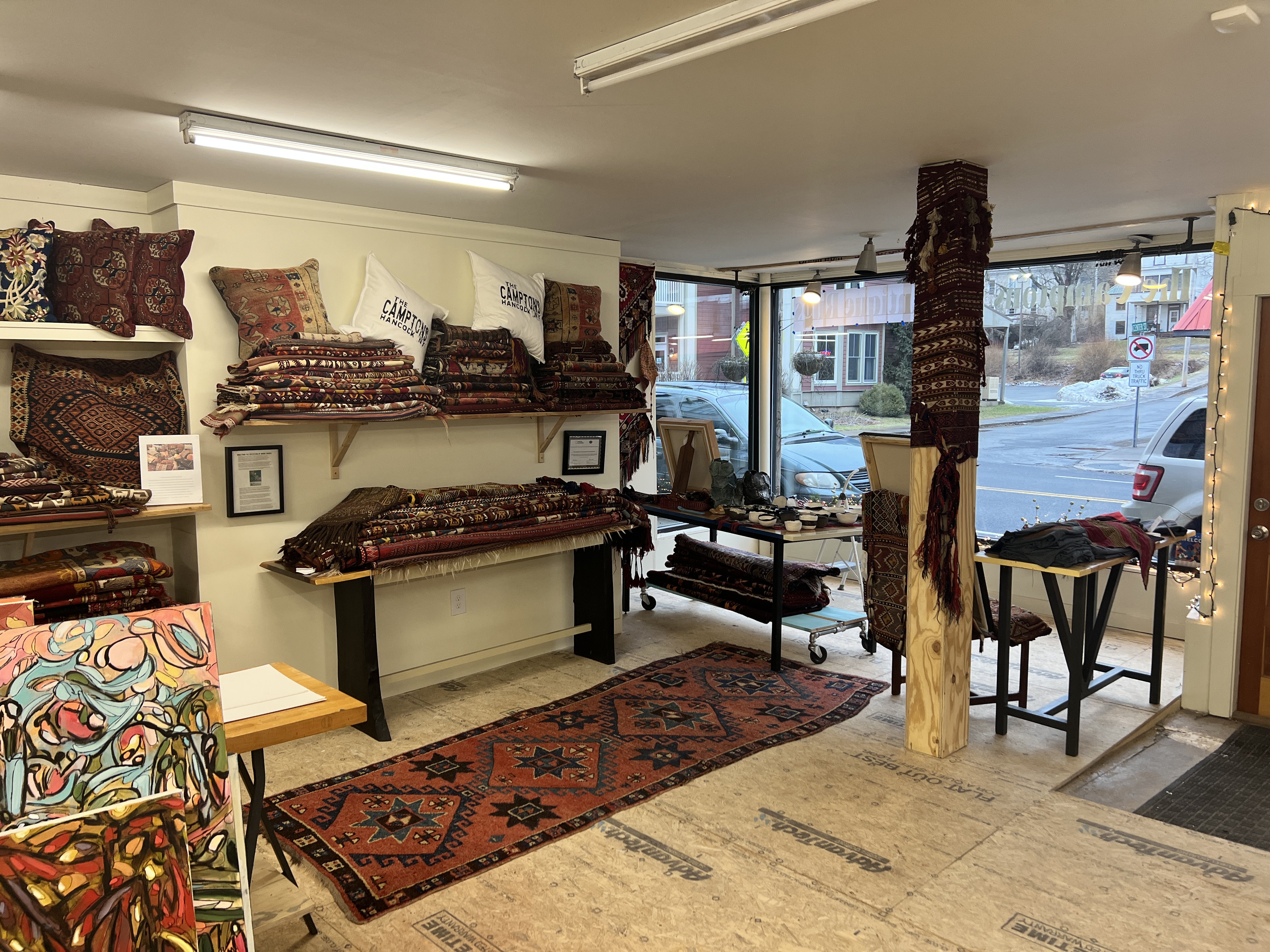Welcome to Hancock NY
Gateway to the Upper Delaware & the Great Western Catskills
Settled in 1793, the Town was originally named Chehocton pronounced Shehocken & formed the Town of Hancock in 1806 and renamed after John Hancock in honor of his maritime business and American values.



